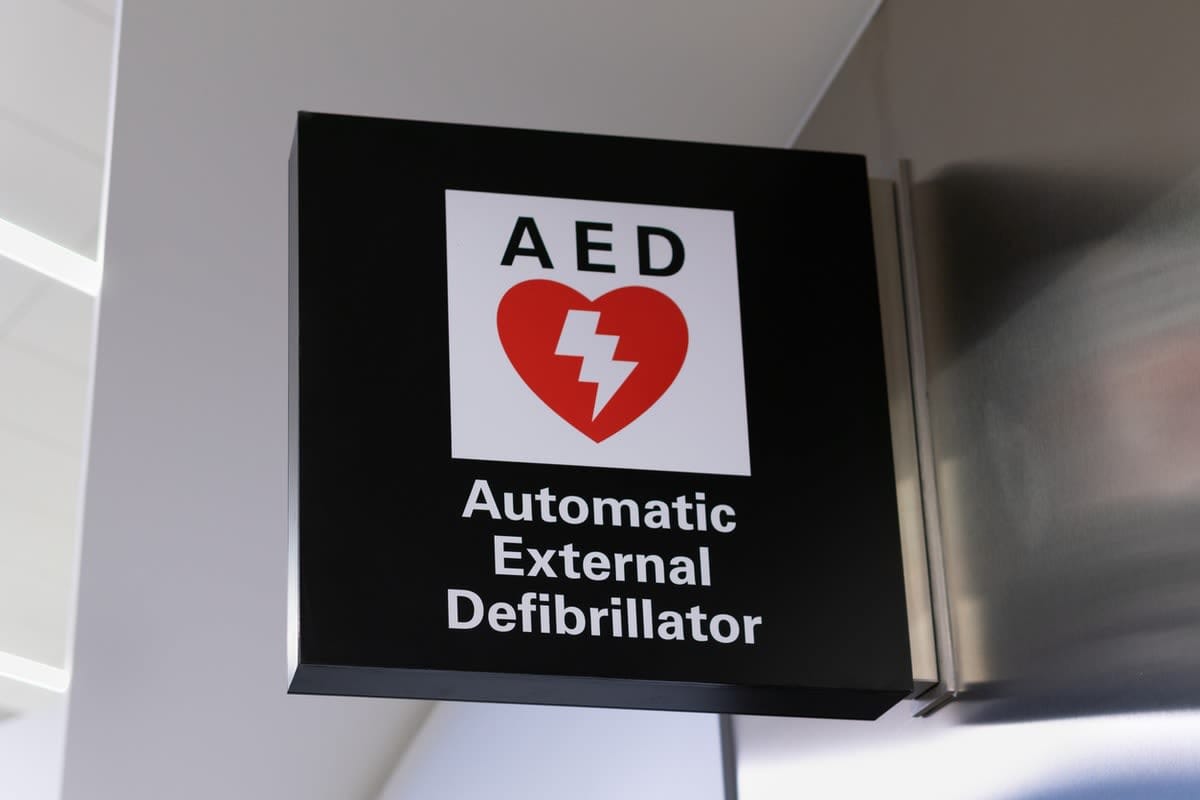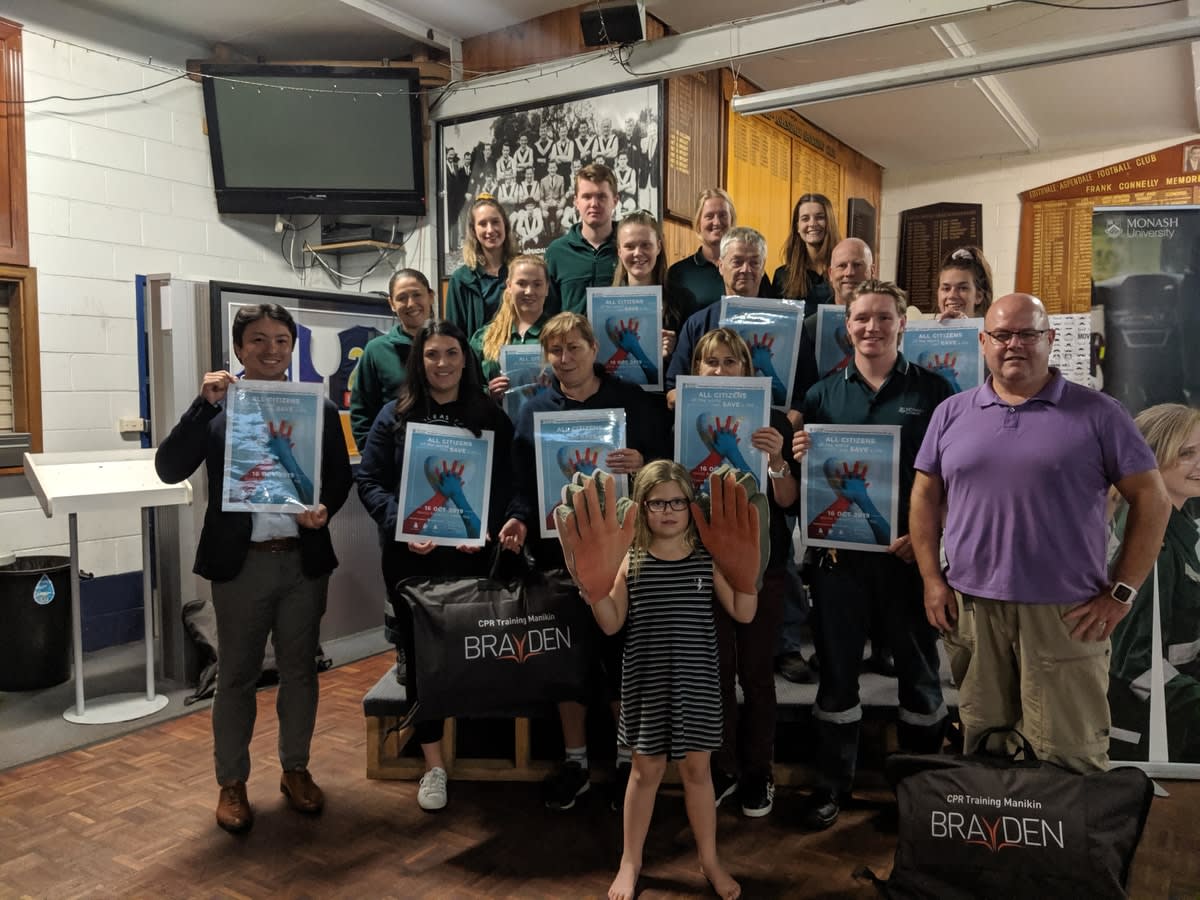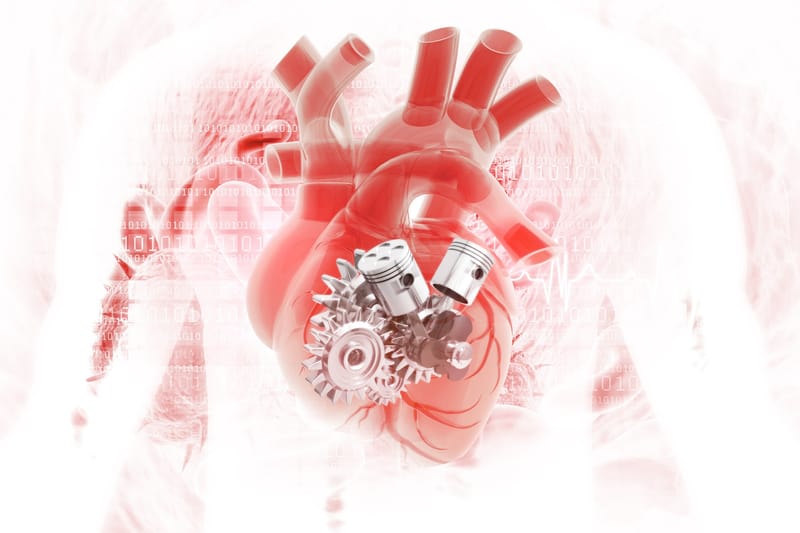
Monash University’s Brian Haskins has more than 25 years on the tools as a paramedic, from ambulances into streets and homes, and also as a teacher. He knows a lot about cardiac arrests, and one thing he knows more than anything is that if someone – a “bystander” – helps before the ambulance comes, the chances of the heart starting again are way better.
“The chances of a successful resuscitation are greatly reduced if nobody has started CPR before we arrive,” he says. “For the three successful resuscitations I’ve treated, all had immediate bystander CPR.”
There’s a good chance most people are aware of the “idea” of CPR (cardio-pulmonary resuscitation). Even the acronym is in common usage, as if it were a word itself.
But when it comes to actually doing it, Haskins says – when someone suffers a sudden cardiac arrest, and is on the ground or the floor or in bed needing urgent help – there can be a disconnect, or a set of hesitations, that come into play. Mostly, it’s to do with not wanting to hurt an already stricken person.
Data also shows that the idea of giving someone an electric shock with a defib – the automated external defibrillator (AED) unit you see at sports clubs, swimming pools, schools, workplaces, parks and gyms – makes people even more hesitant. Scared, even.
Campaign with a DIY message
That’s why today is Restart A Heart Day – “Seconds count in a cardiac arrest”. There are more than 25,000 out-of-hospital cardiac arrests in Australia every year, with only 10% surviving. The campaign has a sort of DIY message. Do it Yourself – CPR, and defib. It’s easy, and could easily save a life.
“We can improve survival rates by using bystanders to provide immediate CPR and defibrillation using public-access AEDs in the minutes directly after a cardiac arrest, before the arrival of paramedics.
“Sudden cardiac arrests can happen to anyone. Training bystanders to step forward and provide bystander CPR and use an AED will enable more people to return to their families and continue on with their lives.”
To celebrate Restart a Heart Day, Monash’s Department of Paramedicine has partnered with a private company, Defibsplus, to install a 24-hour public-access AED at the entrance to the George Jenkins Theatre at Monash’s Peninsula campus. This will ensure that an AED is always available for cardiac emergencies on campus or in the local community.
Haskins is a PhD student in Monash’s Pre-hospital Emergency Care Australia and New Zealand (PEC-ANZ) Centre of Research Excellence, as well as being a program director and lecturer in the Department of Paramedicine.
He’s worked as a paramedic or teacher of paramedicine in Ireland, the US, Australia and the United Arab Emirates. He featured in this episode of Monash University’s Agents of Change series, on the heart.
The hesitations people have about getting hands-on in an emergency, he says, are unfounded.
“There’s a fear of doing something wrong, fear of infection, or thinking it’s better to wait for someone more qualified. The first thing to realise is that when someone has a sudden cardiac arrest, their heart has stopped beating, so there is no chance of you making the situation worse. You do not have to provide month-to-mouth ventilations unless you’ve been trained and are willing to do so.
To further ensure your safety during the COVID-19 pandemic,” he says, “you should place a cloth lightly over the patient’s nose and mouth.”
Guided all the way
Defib is no different. There’s nothing to worry about, he says. The machine literally tells the bystander what to do.
“It’s important to know that anyone can use an AED without training.
“They’re designed to tell you exactly what to do, so all you have to do is turn them on and follow the instructions. Once you turn it on, the AED will tell you to place the pads on the patient’s bare chest, copying the pictures on the pads. The AED will then tell you not to touch the patient. This is so it can carefully analyse the heart rhythm,” he says.
“AEDs are designed to only shock certain heart rhythms, so don’t worry, it won’t shock someone who isn’t in cardiac arrest. Once the shock has been delivered, the AED will remind you to start CPR again, and after two minutes it will start the analysis sequence again.
“It may take a number of rounds of CPR and defibrillation to restart the heart, but don’t give up – people have been revived after receiving multiple shocks and prolonged periods of CPR.”

Haskins has helped author two papers (one as lead author) on out-of-hospital cardiac arrests. One aspect he’s concerned about is that women are less likely to get bystander CPR than men.
“This may be due to people being nervous of what others may think, or being reluctant to touch a woman's chest. To overcome this, we’ve converted all our CPR training manikins to ‘woman-kins’, by adding sports bras.
“This simple addition allows us to inform people of this gender bias, and get them comfortable performing CPR on a woman.” The CPR ‘woman-kins’ the team use, meanwhile, light up with LEDs to tell the user it’s being done right.
Taking it to the community
Out in the community, sports clubs are among the most vulnerable to sudden cardiac arrests. Haskins’ colleague Dr Kelly-Ann Bowles is the director of research and a senior lecturer in paramedicine. But she and her daughter – as well as another Monash paramedicine student – are also involved with the Edithvale/Aspendale netball club in the southeast of Melbourne. It’s a champion senior netball club that last year won all four grades of the Mornington Peninsula Nepean Football League.
“It’s important to know that anyone can use an AED without training. They’re designed to tell you exactly what to do, so all you have to do is turn them on and follow the instructions."
The club has a senior player with known heart issues who has previously been taken to hospital in an ambulance from the club. It’s not uncommon in most amateur sports clubs in Australia.
“It’s fair to say people in the general community don’t know enough about CPR and defib,” Dr Bowles says. “The question is, how do you teach them?
“People are absolutely terrified of using an AED because they’re scared they’ll do more harm than good. To be fair, most people have never even held an AED. They see them locked up, but most people would have never seen one run through.”

In May last year – at netball training leading up to a bye weekend – paramedic second and third-year students went to the club with Haskins and ran through a program called PUSH-CPR – Paramedic Undergraduate Students Helping teach CPR – which facilitates undergraduates to teach real-life skills in the community. The students can use it as valuable volunteer hours, which help them after graduation to find a job with an ambulance service.
“It’s a win-win,” says Dr Bowles. “Brian has a particular skill of breaking down the perceived risks in giving CPR and AED. He says, ‘You can’t hurt them, it can only be positive’.”
Next year, it’s planned to bring the PUSH-CPR program to more local sports clubs and community groups in support of Mornington Peninsula Shire Council‘s public-access AED program.
Monash Paramedicine has helped develop the free online Heartsmart Program CPR and AED teaching tool in partnership with Defibsplus and private company RMS. The Heartsmart Program is designed to give people the knowledge and confidence to help someone having a sudden cardiac arrest.





